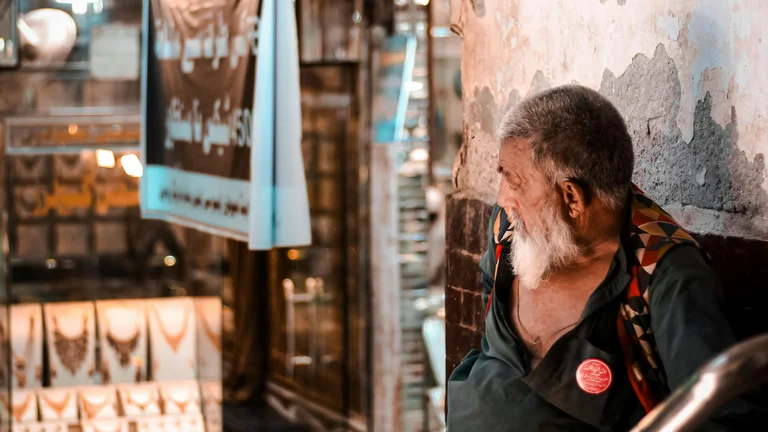Understanding Social Realism

Social realism is an art movement that captures the everyday struggles of the working class. In the film City of God, this theme is prominent. The movie depicts life in the favelas of Rio de Janeiro, showcasing poverty, crime, and social injustice. The filmmakers highlight the experiences of residents, emphasizing their resilience and determination amidst harsh conditions. Through vivid storytelling, the film presents a raw and authentic portrayal of life in the slums, reflecting broader societal issues.
Life in the Favelas
Life in the favelas is marked by economic hardship and violence. In City of God, the setting plays a crucial role in shaping the characters' lives. The community is often portrayed as a microcosm of Brazilian society, where systemic issues manifest in daily life. Scavenging for resources, children often fall prey to gang influence, leading to a cycle of crime and violence. The narrative shows how the environment shapes aspirations, where dreams often collide with stark realities.
Violence as a Central Theme
Violence permeates every aspect of life in City of God. It is not simply an act but a method of survival. The film explores various forms of violence: familial, social, and institutional. Residents face threats from gang wars, which complicate their existence. This portrayal is not sensationalized but rather a reflection of true events. The filmmakers challenge viewers to understand violence's role in shaping identity and survival instincts. Each character's journey is marked by violent encounters, influenced by their choices and environment.
The Role of Crime in Society
Crime serves as both a refuge and a prison for the characters. In City of God, criminal activities are often depicted as viable paths for young men seeking power or respect. Gangs control segments of life, offering a sense of belonging that the broader society fails to provide. The vibrant visuals often contrast their dark realities, making the narrative gripping. The film invites audiences to reflect on the factors that drive individuals toward crime. Systemic poverty, lack of opportunity, and desperation push them into this lifestyle.
Cinematography and Storytelling Techniques
The film's cinematography enhances its social realism. The use of handheld cameras brings viewers closer to the action, creating an immersive experience. Dynamic shots depict the chaotic environment, emphasizing the urgency of life in the favelas. The editing is rapid, mirroring the fast-paced nature of gang life. Dialogue remains raw and reflects true-life experiences, capturing the everyday language of the residents. These techniques form a powerful storytelling approach that affirms the harsh realities faced by those in the favelas.
FAQ
What is social realism?
Social realism is an art movement focused on depicting the everyday struggles of the working class and social injustices.
How does 'City of God' portray violence?
'City of God' depicts violence as a pervasive aspect of life in the favelas, illustrating its role as both a survival mechanism and a consequence of social conditions.
What themes are explored in 'City of God'?
'City of God' explores themes such as poverty, crime, ambition, and the impact of environment on personal choices.
Why is cinematography important in 'City of God'?
The cinematography immerses viewers in the story, using handheld cameras and dynamic editing to reflect the chaotic life in the favelas.
What message does 'City of God' convey about crime?
'City of God' conveys that crime is often a product of systemic issues, offering a sense of belonging and opportunity within a troubled environment.
The film 'City of God' explores social realism through its portrayal of violence and systemic issues in Rio's favelas, highlighting the struggles of the working class while reflecting on the impact of crime and community life.
Conclusão sobre Social realism and violence in City of God.